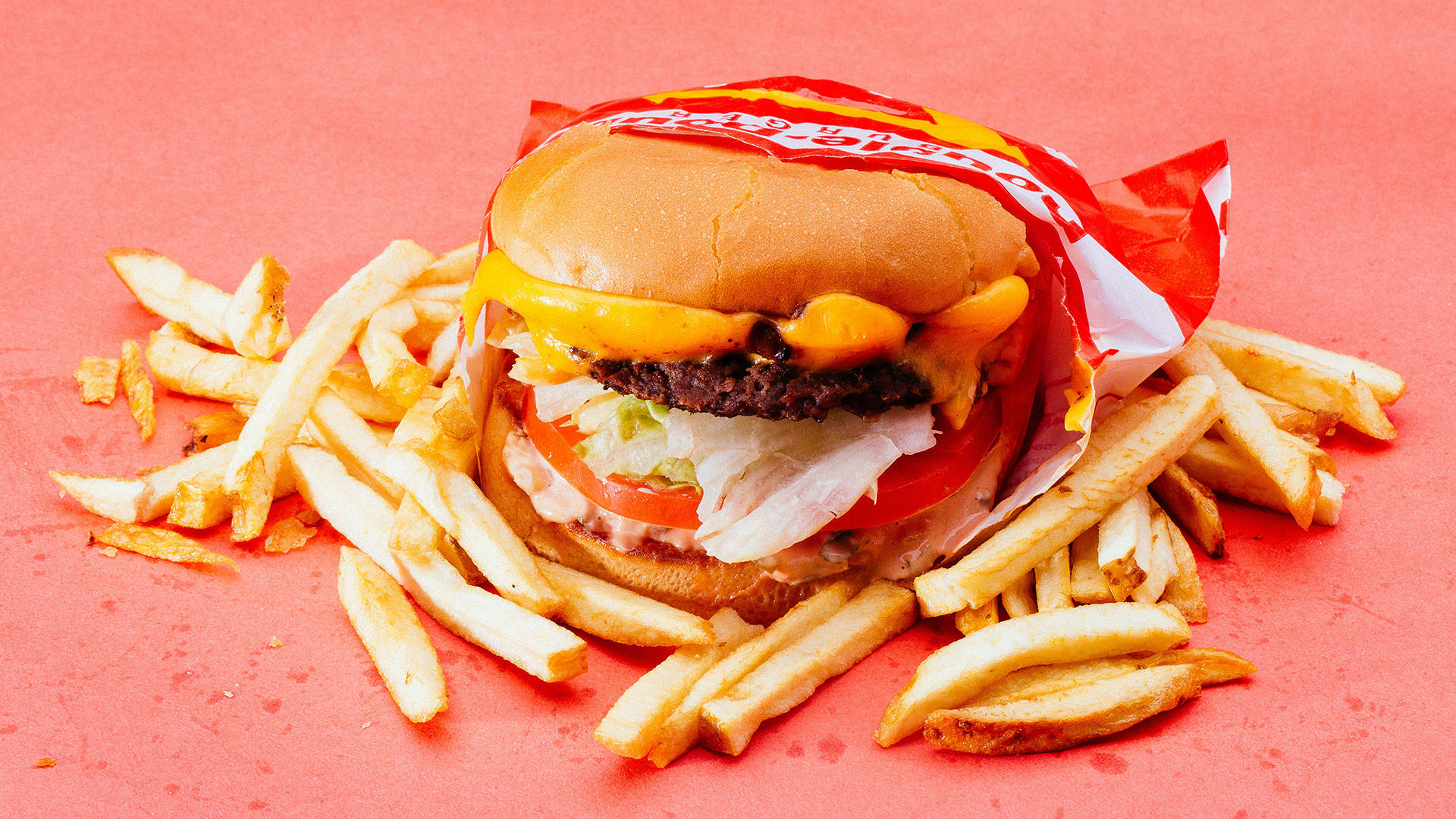Published by
At the start of the COVID-19 pandemic, no one had any idea how much the status quo would change. A rapid shift toward remote work, labor shortages and supply chain issues have made the ability to adapt more valuable to a business than ever. The quick-service restaurant industry has always needed this continuous evolution to keep pace with its customers’ ever-changing expectations, but now the stakes had been raised.
As dine-in restaurants were forced to close, the consumption of fast food increased markedly. Now, three years later, takeaway and delivery is more engrained in our daily lives than ever before. According to reports, drive-thru sales still account for 75 percent of all quick-service sales, long after the lifting of COVID regulations. As it becomes clear that drive-thru is not going anywhere, many companies are putting significant investment into both their drive-thru and digital capabilities, with the goal of revolutionizing those experiences in the years to come.
Technology in the Quick-Service Restaurant Space
The ability of brands to create a personalized digital experience throughout the drive-thru process is one aspect significantly influencing their continued growth. Technology is greatly impacting the way restaurants conduct business, from ordering and payment processing to food safety and inventory management. For example, artificial intelligence and data science are evolving from a novelty into a key ingredient for delivering individualized customer experiences efficiently.
The introduction of digital ordering and payment methods brought forth a seismic shift in the restaurant industry. Gone were the days of placing an order while standing in line. Instead, customers could now place and pay for orders through a mobile application before picking them up curbside or at the drive-thru. As inflation drives continued growth into the post-pandemic quick-service space, many companies have more recently attempted to encourage the widespread use of ordering kiosks, but few have been successful. Instead, the majority have turned to a more practical, low-cost solution—the QR code.
In fact, 52 percent of restaurants now use QR codes and more are expected to follow suit in the near future. Through their use, customers can avoid physical touchpoints and instead digitally browse the menu and place their order in a fraction of the time. This has helped many brands streamline business operations and reduce their overhead, while simultaneously making the ordering process quicker and more convenient for customers.
The major players in the space have even been able to make bigger strides towards the digital-first future of the quick service restaurant industry. Taco Bell has built a unique concept restaurant in Minneapolis where the kitchen resides on a second floor, and food is sent down a vertical lift to its drive-thru only patrons. This has the benefit of allowing loyal customers to skip the line, but vastly increasing the efficiency and speed of all order fulfilment.
In the coming years, experiments like this will become considerably more sophisticated and more widespread. Customers will be able to place and pick up orders quicker and with more convenience, all the while giving restaurants more data to analyze to further streamline and enhance that experience.
Personalization is Key
Consumer-facing businesses know that gathering data about their customers’ past thoughts, behaviors, and preferences is vital to predicting future trends. In recent times, loyalty programs have become the most effective method to collect those insights while simultaneously rewarding the repeat business that comes as a direct result.
Roughly 60 percent of consumers well-versed in tech participate in loyalty programs at quick-service restaurants. Currently, a lot of these brands have incentivized loyalty programs that use data-driven techniques to capture additional revenue through upselling, specials and offers. Restaurants can further look to differentiate themselves by tailoring personalized offers based on previous visits, which can be highly motivating when well-timed and effectively communicated.
Loyalty programs and the data behind them are symbiotic in nature—the improved customer satisfaction improves visit frequency and average check size, which in turn provides more data the business can use to understand, target, and engage their customers. An accurate picture of the preferences and dislikes of a restaurant’s customer base allows promotional and marketing campaigns to connect more effectively, therefore generating more revenue.
Artificial Intelligence has Arrived
Throughout the beginning of 2023, there have been numerous ground-breaking advances in artificial intelligence, headlined by the emergence of GPT-4 in March. But even ignoring the obvious benefits large language models (LLMs) bring to the customer-facing portions of the industry, there are many ways that artificial intelligence can already benefit companies.
Inflation, supply chain issues and labor shortages are all major problems currently facing the restaurant industry that can be mitigated with machine learning technologies. According to QSR, 96 percent of companies experienced supply shortages in 2021, meaning that an optimized and accurate process for purchasing and managing inventory is critical to both the bottom line and the customer experience. Modern machine learning solutions can be tailored to monitor inventory levels in real-time, coalesce sales and remaining inventory to ensure optimal portioning and even predict future needs to ensure stores will have what is necessary to ensure a positive customer experience, while reducing wastage.
As inventory management gets more intelligent, so can pricing—artificial intelligence can open dynamic pricing opportunities, where a multitude of ever-changing, smaller factors can be considered when determining a final price. This, in turn, can even open promotional opportunities on items that are over stocked, both widespread and personalized to specific customers.
The digital revolution in the quick-service restaurant industry has come a long way already, and there are no signs of it stopping. Thanks largely to the adoption of digital ordering experiences, data-driven personalization, and the advent of artificial intelligence solutions that allow for more informed decision making, quick-serves are more able than ever to live up to their name by delivering quick, reliable and personalized service.




